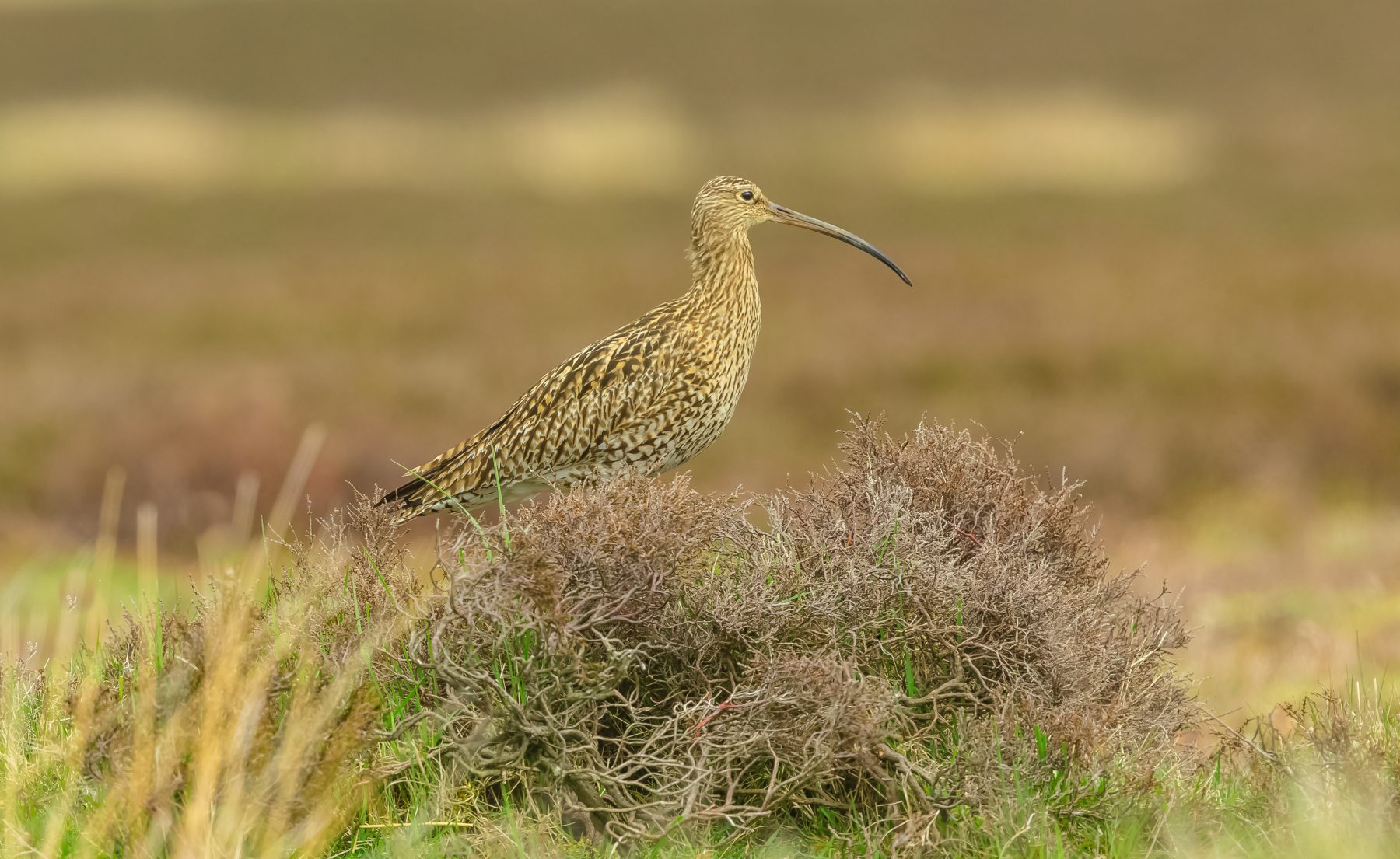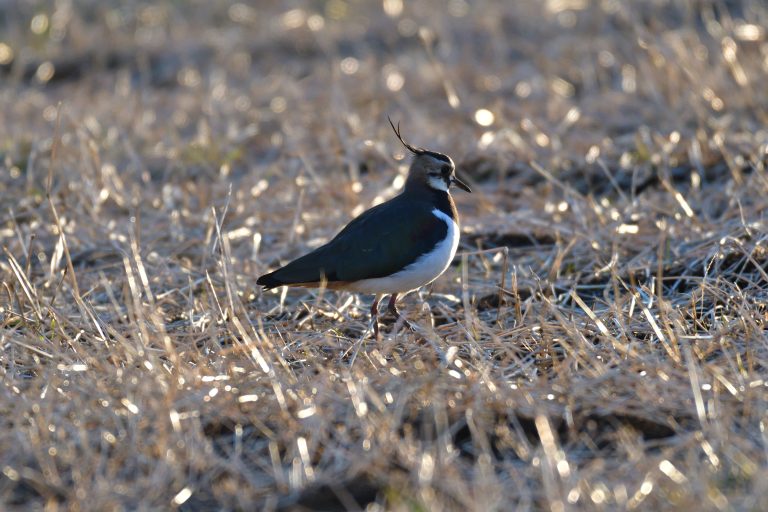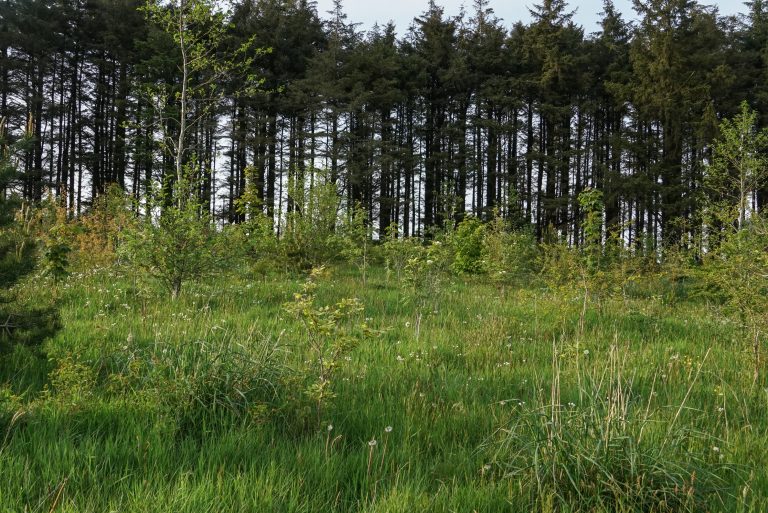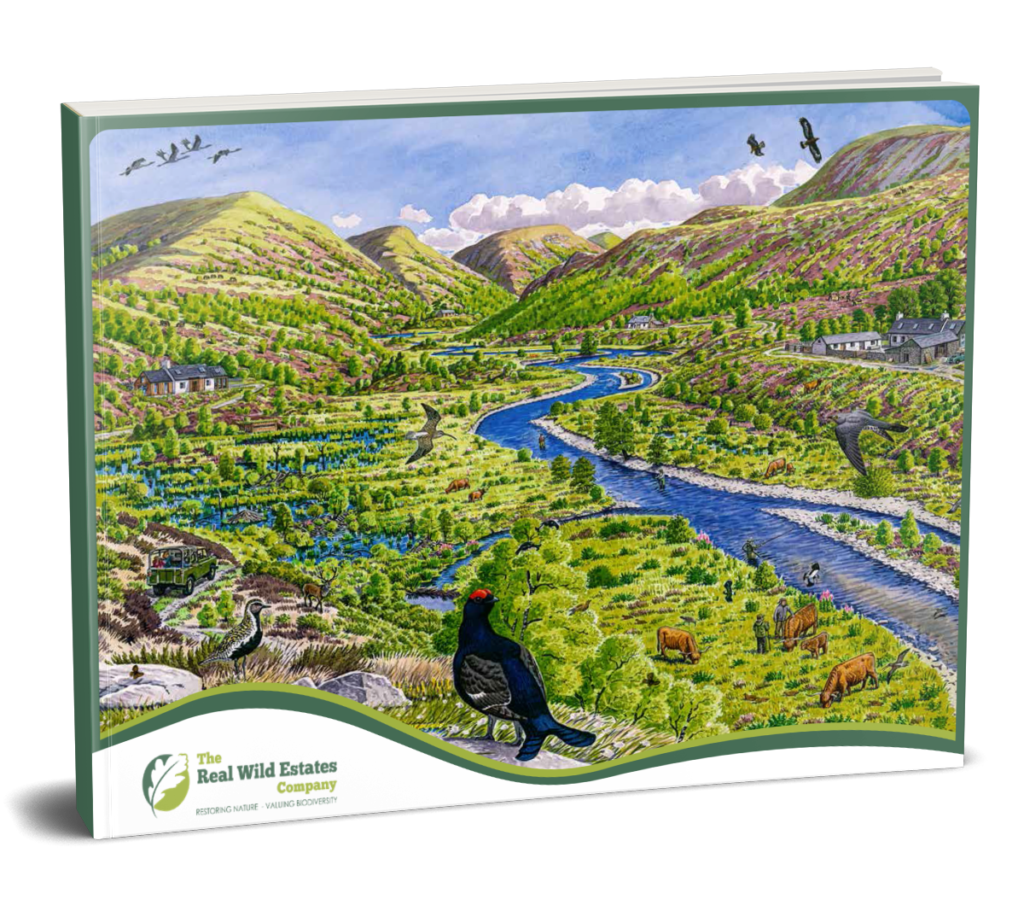Mandated by law from January 2024, Biodiversity Net Gain (BNG) is a piece of development legislation which ensures that any land use changes (for example development, urbanisation, and infrastructure projects) produce a net increase in biodiversity. Developers must either offset biodiversity loss on-site or as close-to the development project as possible.
Crucially, this net increase must be measured and validated by industry professionals to ensure authentic uplift against pre-development baselines. Regulated Assessments calculate the number of BNG units required for demonstrating 10% uplift, and these units are created and maintained using Habitat Management and Monitoring Plans.
Where net gain cannot be produced on-site, developers can purchase BNG units from local planning authorities.
The ultimate aim of new BNG legislation is to provide a framework for planning, implementing, and monitoring projects in a way that not only mitigates the adverse impacts of biodiversity loss, but also to promote environmental sustainability and ecosystem restoration through the offsetting of any loss caused during development with equal or greater gains elsewhere.




